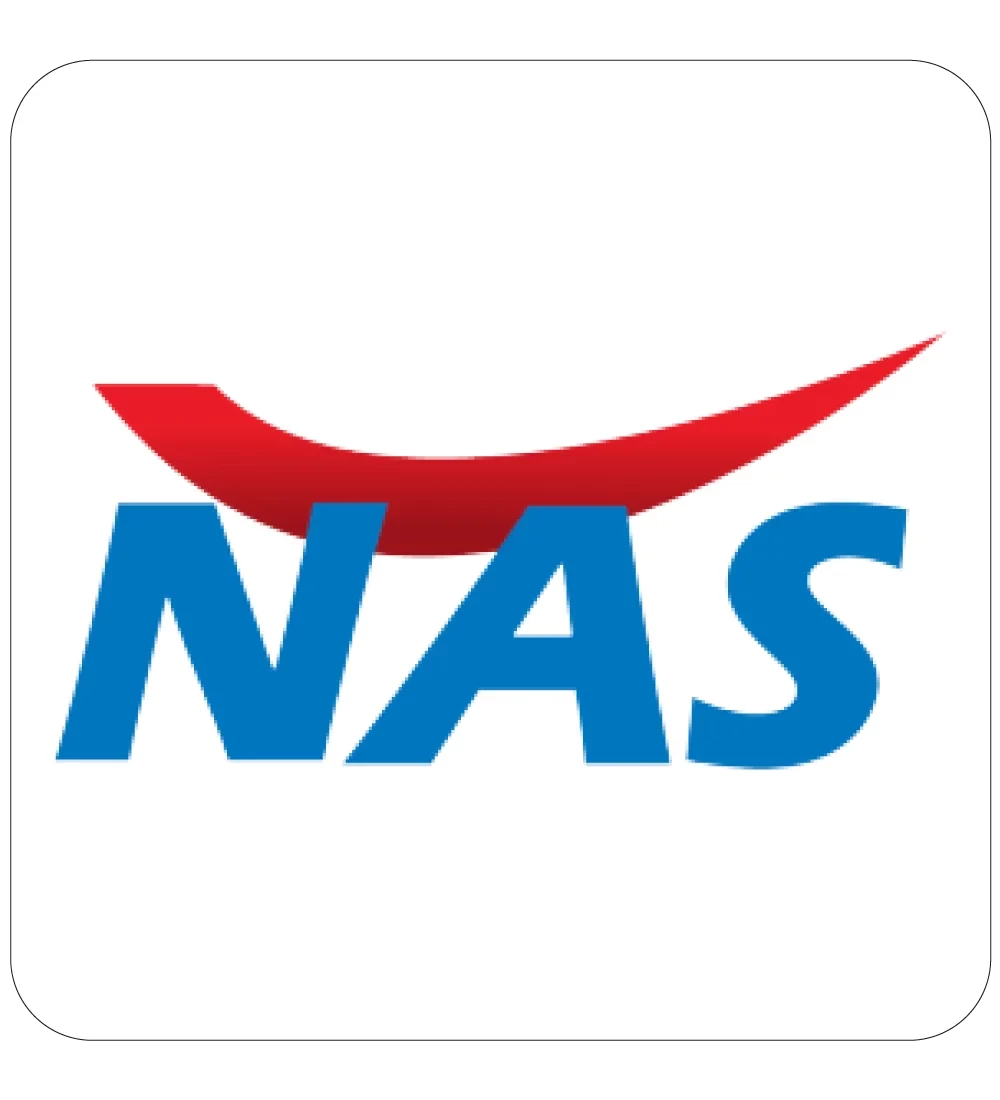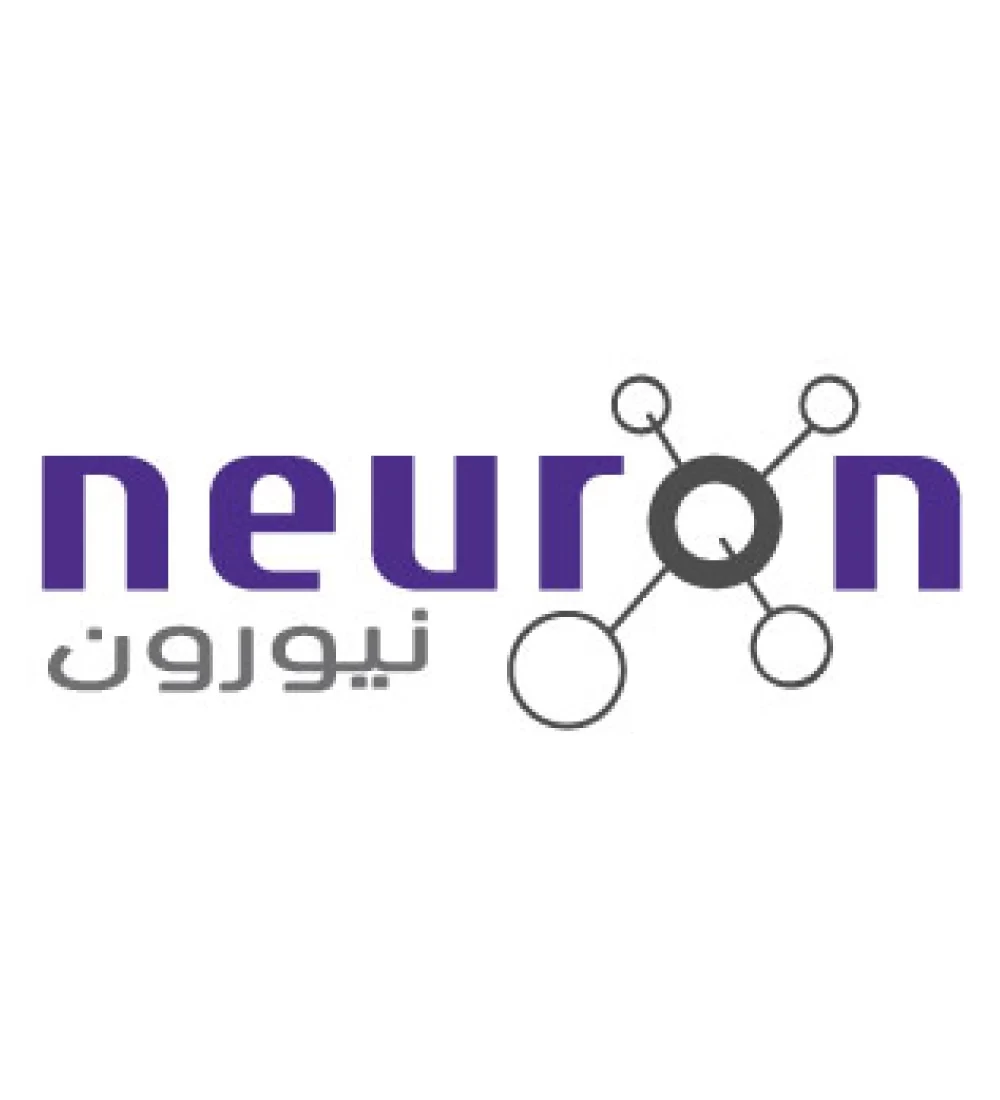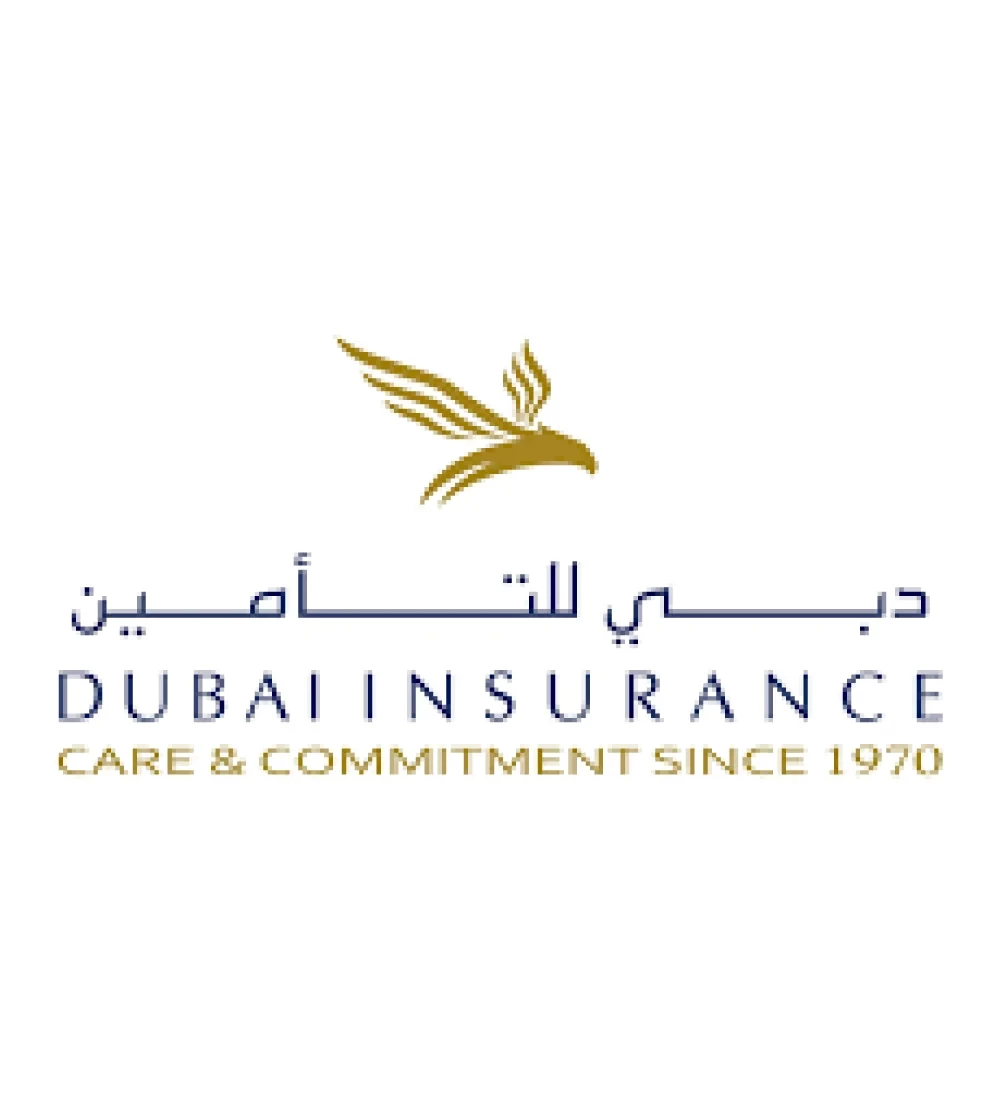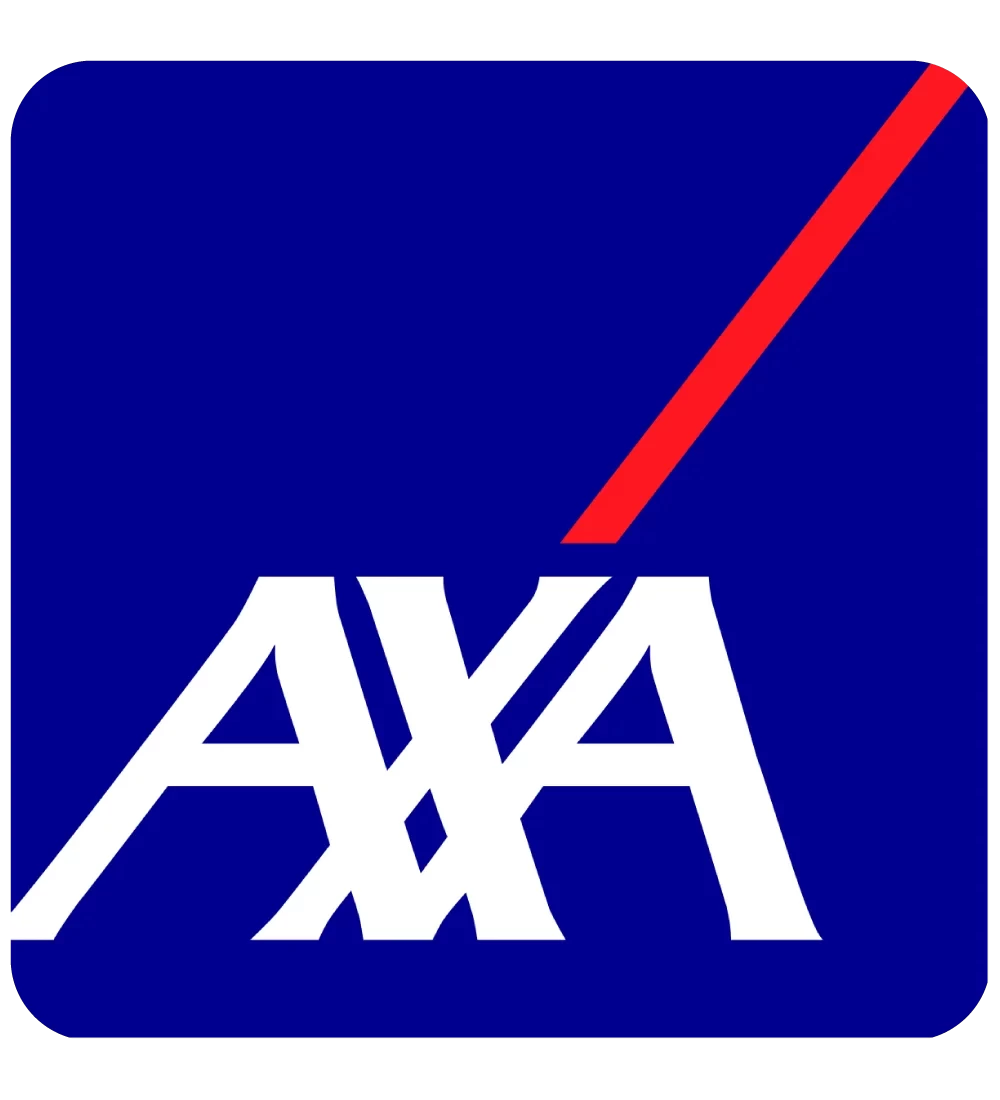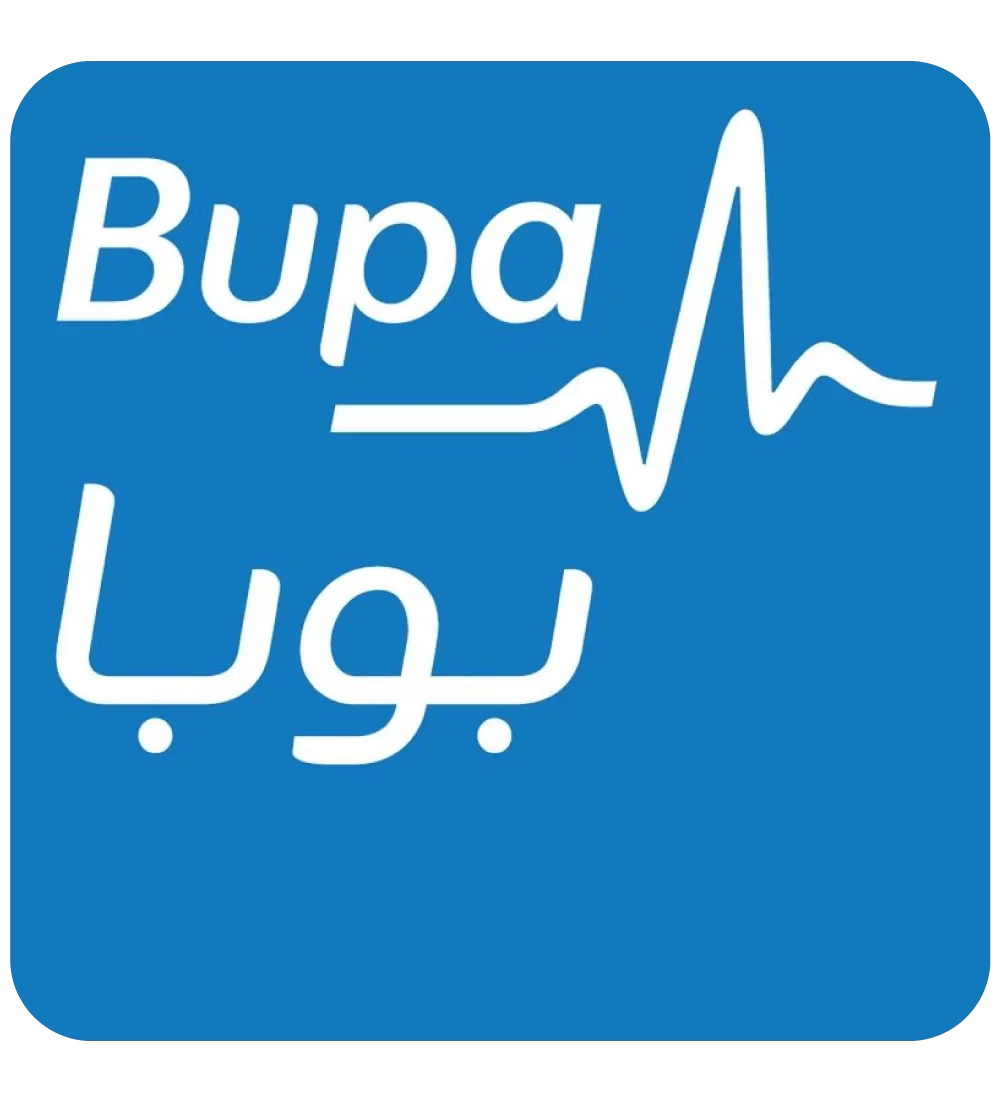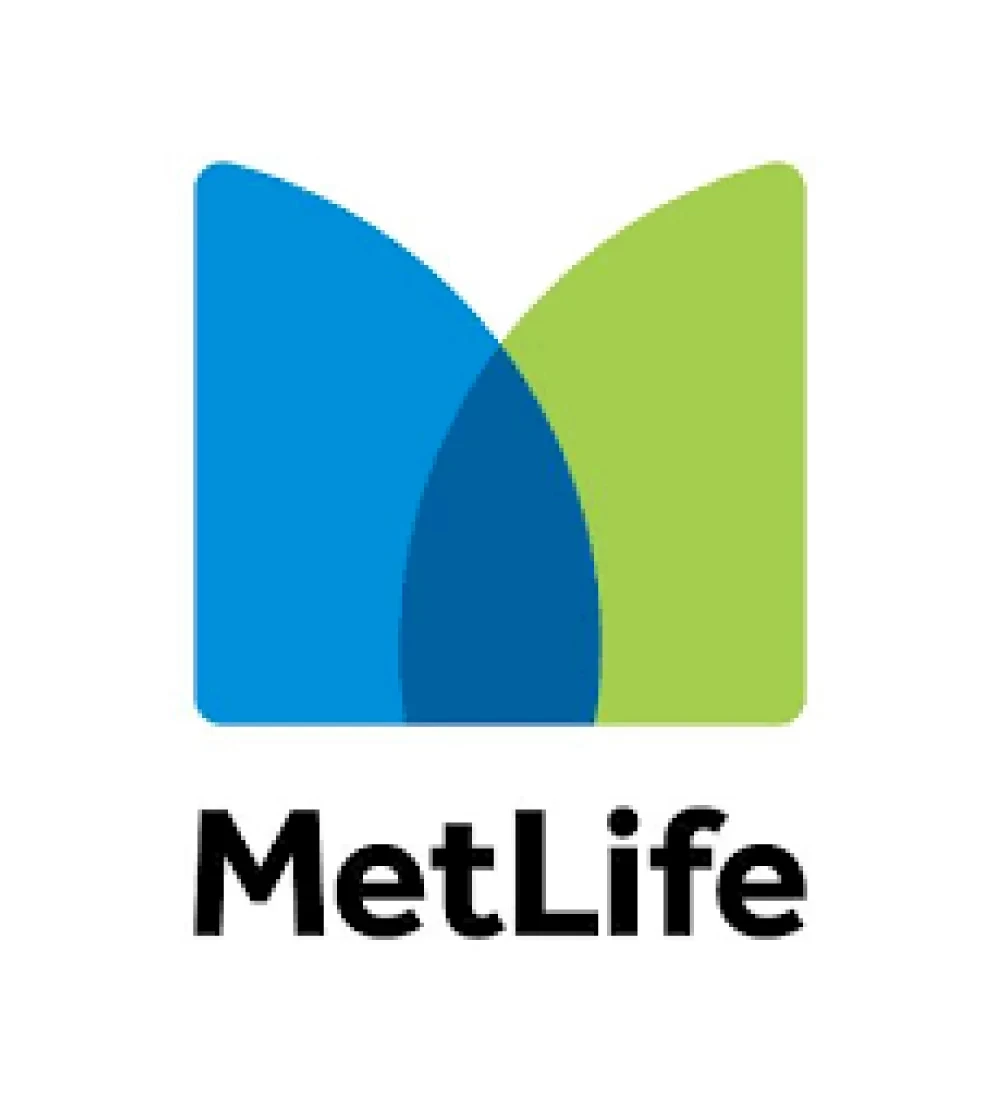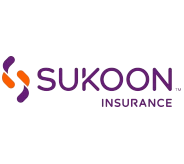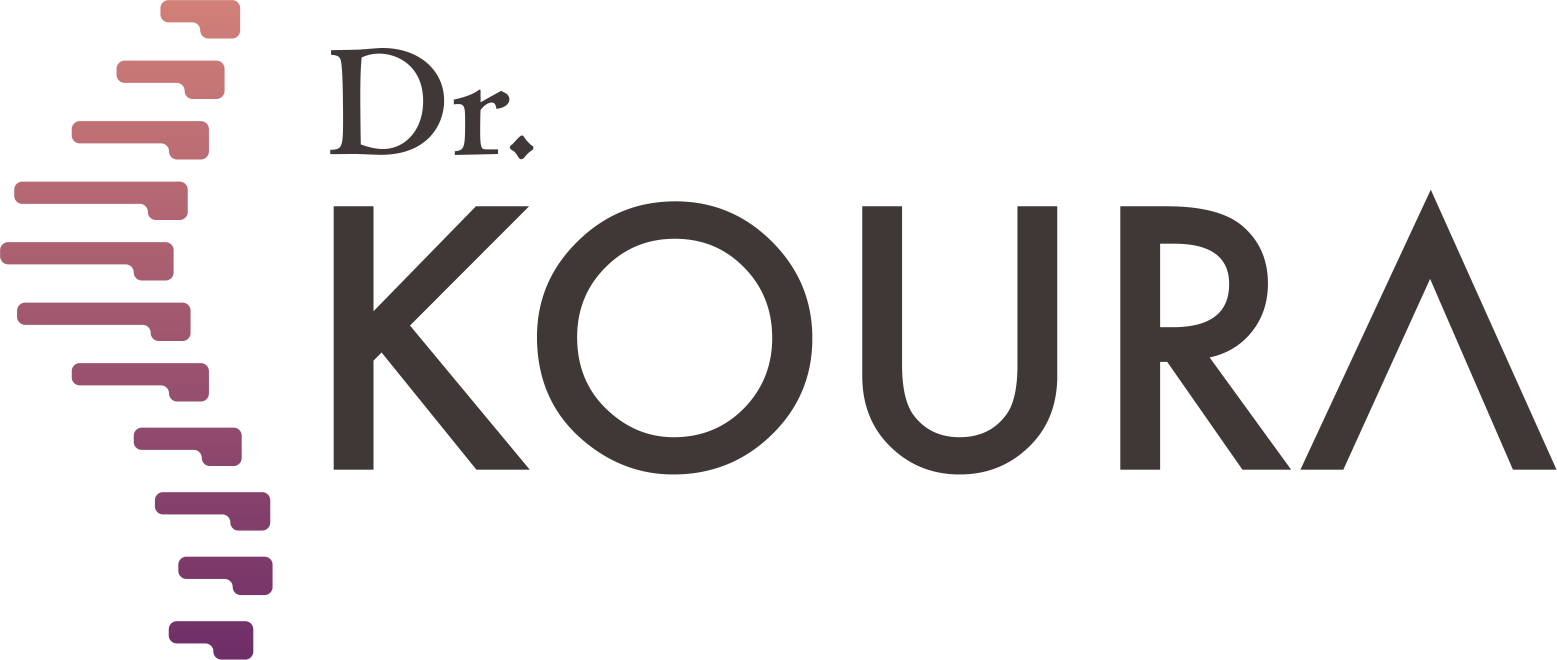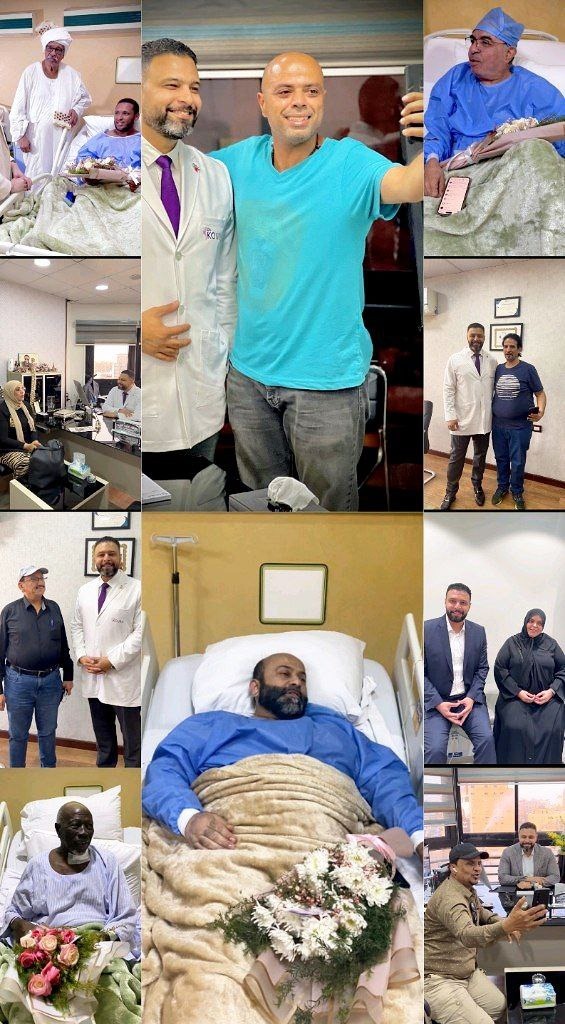
To see patients' reviews
Click hereTreatment of herniated disc with 12 safe methods at Dr. Mohamed Koura's Center.
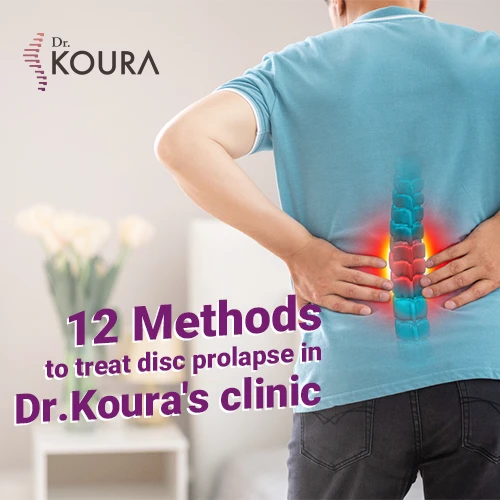
Symptoms
- Lower Back Pain
- Spinal Pain
- Sciatica
- Leg Numbness
- Joint Pain
Many people suffer from back pain for various reasons. Disc herniation is one of the most common causes of back pain in modern times among various age groups. Many resort to surgery believing it to be the only solution for treatment. However, with the advancement of medicine, it has become safer to treat herniation through many non-surgical methods, as is the case at Dr. Mohamed Koura’s Center. Dr. Koura is a pioneer in this field, constantly keeping up with the latest therapeutic techniques through his participation in various international conferences alongside top doctors and experts from around the world.
This article aims to shed light on disc herniation, its classifications, proper diagnosis, as well as reviewing modern and advanced non-surgical methods available for treating this condition.
What is Disc herniation?
It is a medical condition that occurs due to the protrusion of the rubbery cushions located between the vertebrae of the spine, known as intervertebral discs. These discs act as shock absorbers for the spinal bones, as well as helping to reduce friction between the vertebrae and facilitate movement.
Disc herniation is known by many names, including disc protrusion or disc bulge. It occurs when the soft nucleus within the intervertebral disc presses on the weak part of the fibrous ring surrounding it, causing it to bulge.
This bulge puts pressure on the nerve roots that arise from the spinal cord, causing pain and neurological and muscular symptoms. This condition can progress to disc herniation, where the fibrous ring tears and a portion of the nucleus pulposus protrudes outside the disc.
What are the types of Disc Herniation?
Disc herniation can occur in any part of the spine. However, disc herniation is most common in the lower back (lumbar spine), but it can also occur in the neck (cervical spine). Therefore, the location of the pain varies depending on the affected part of the spine.
Generally, types of disc herniation include the following:
- Lumbar disc herniation: This type is the most common and widespread among many people of different ages. In this type, the intervertebral discs protrude between the lumbar vertebrae.
- Cervical disc herniation: This type ranks second in terms of prevalence, where one or more discs protrude between the cervical vertebrae.
- Thoracic disc herniation: This type is rare, and the affected site is the intervertebral discs between the thoracic vertebrae.
What are the Causes of Disc Herniation?
Usually, the cause of disc herniation is gradual wear and tear and overuse due to repeated motion over time. This leads to the drying out of the discs and reduces their ability to absorb shocks. Additionally, the fibrous ring's ability to withstand pressure decreases, making it prone to rupture.
Several factors can increase the risk of disc herniation, including:
- Aging: With age, the discs between the vertebrae may deteriorate, making them less resilient and flexible.
- Injuries: Sports injuries or accidents such as car accidents or falls can cause tears in the fibrous ring and herniation of the disc.
- Improper daily activities: Such as lifting heavy objects incorrectly or sitting for long periods in improper positions.
- Obesity: Excess weight puts extra pressure on the spine and can increase the risk of disc herniation.
- Smoking: Smoking is believed to have negative effects on intervertebral discs, making them more susceptible to damage and herniation.
What are the symptoms of Disc Herniation?
Protrusion of the herniated disc leads to the release of chemicals that can irritate the nerves in the surrounding area, causing inflammation and pain. The herniated disc may also compress nerves and cause pain through pressure.
In some cases, the slipped disc may not compress the nerves, thus causing no symptoms. However, if there is pressure on the nerves, many symptoms may appear.
Typically, there may be a bout of lower back pain before disc herniation or a long history of intermittent episodes of lower back pain.
Common symptoms include:
Symptoms of Lumbar Disc Herniation
- Sciatica: It's a sharp pain that radiates from the buttocks to the back of one leg. It occurs due to pressure on the spinal nerve and is often accompanied by tingling and numbness in the leg and/or foot.
- Leg weakness: Leading to difficulty standing for long periods or walking long distances.
- Loss of bladder or bowel control (urinary incontinence): This may occur in advanced cases due to nerve problems responsible for urination. Pain may worsen when sneezing or coughing.
Symptoms of Cervical Disc Herniation
- Neck pain: You may feel varying degrees of pain in the neck area, which may be continuous or worsen with certain movements such as bending or rotating the neck.
- Arm pain: Pain may extend from the neck to the lower arm, involving either the entire arm or a portion of it, and may be accompanied by a feeling of numbness or tingling.
- Muscle weakness: Cervical disc herniation may be accompanied by weakness in the muscles connected to the neck, affecting the ability to move normally.
What are the methods of diagnosis?
The first step in diagnosing disc herniation is always a thorough physical examination.
Depending on the location of symptoms, Dr. Mohamed Koura examines the neck, shoulders, arms, and hands, or the lower back, hips, legs, and feet. He also assesses muscle reflexes, muscle strength, and sensation.
The doctor may request some diagnostic tests, including:
- Electromyography (EMG) to determine the specific affected nerve root.
- Magnetic Resonance Imaging (MRI) or Computed Tomography (CT) scans of the spine to show the location of the herniated disc compressing the spinal canal.
- X-rays of the spine to rule out other causes of back or neck pain, although it is not possible to diagnose herniated discs through spine X-rays alone.
What are the complications of Disc Herniation?
Over time, disc herniation may lead to some complications if left untreated.
The reason for this is the narrowing of the space surrounding the spine due to the herniated disc, leading to pressure on the nerves and spinal cord.
Possible complications may include:
- Worsening of symptoms, where pain, numbness, or weakness may increase to a degree that impairs your daily activities.
- Bladder or bowel dysfunction, as urinary incontinence or difficulty urinating, even when the bladder is full, may occur.
- This gradual loss of sensation affects certain areas, such as the inner thighs, the backs of the legs, and the area around the rectum.
- Nerve damage, which may result in permanent weakness or paralysis.
Is disc herniation dangerous?
Disc herniation can be serious if left untreated; it can lead to nerve damage with many complications arising.
What are the treatment options for Disc Herniation?
Disc herniation can be treated at Dr. Mohamed Koura's center; he is the best doctor in Egypt and the Arab world, as he possesses 12 non-surgical techniques for treating spinal problems, including the following:
These techniques include injecting the nerve roots that supply the lower back area, along with the pelvis and lower limbs, with an anti-inflammatory substance through a fine needle, guided by fluoroscopy to pinpoint the nerve location.
It's a technique that relies on the use of radiofrequency frequencies to treat nerve inflammation and alleviate pain from damaged nerve roots. This is done through a device that emits specific thermal frequencies targeting the affected area, helping to calm inflammation and relieve pain.
It's a simple and safe procedure that involves using laser to vaporize and neutralize the herniated portion of the disc, without any risks. This includes inserting laser fibers through a thin needle directly into the affected area, under the effect of local anesthesia and within an operating room equipped with fluoroscopy. Typically, the procedure takes about a quarter to a third of an hour, making it a quick and effective procedure for pain relief and improving the patient's condition.
It is one of the modern techniques used in treating disc herniation and spinal pain. This technique is performed by inserting a fine needle through the skin under the influence of local anesthesia, and under the guidance of fluoroscopy camera inside the operating room, allowing precise access to the herniated disc for its removal.
This modern technique is used to treat disc herniation without the need for any surgical intervention, and Dr. Mohamed Koura's center was the first to introduce this technique for treating spinal pain.
The steps of this technique include anesthetizing the patient with local anesthesia inside the operating room, distinguishing the Disc fx technique from surgical endoscopy. Then, the doctor inserts a small needle into the disc under fluoroscopy guidance to access the herniated disc for excision using a precise instrument. Afterwards, the doctor seals the disc to prevent its recurrence.
This technique has many advantages as it is safe and simple, requiring no surgical intervention. Additionally, it is fast, and the patient can leave the hospital after an hour of the procedure, and return to their normal life within 48 hours without any pain.
- Hydrocision for the Disc
It is one of the first techniques developed for treating disc herniation by excising a portion of the disc.
The hydrodissection technique involves inserting a fine needle into the disc through a cannula, through which a saline solution is injected. This cannula exerts specific pressure on the disc, aiding in the extraction of excess portions of the disc using the needle.
Typically, we do not prefer to use this technique at Dr. Mohamed Koura's center except in very limited circumstances due to the possibility of infection from the saline solution.
- Disc Decompressor
This technique involves using a device inserted through the skin after numbing the area with a local anesthetic. The device works by suctioning out protruding parts of the disc using laser energy. This reduces the internal disc space, thereby decreasing the likelihood of external disc herniation. This procedure is known for its safety and effectiveness, as it successfully releases the nerve and resolves the issue.
- Epiduroscopy
This technique has revolutionized the treatment of lumbar disc herniation, and it has been highly praised by the medical community for its ability to achieve significant progress in treating lumbar disc herniation.
This technique is one of the most precise techniques and requires exceptional skill in execution. It allows for an extremely precise view of the nerve canal from the inside, without the need for traditional surgery used in the past. This is achieved through a very small opening without cutting the skin or muscles, which reduces risks and increases the speed of recovery for patients.
- Minimally Invasive Microscopic Surgery for Disc Removal
The procedure involves excising the disc using an advanced surgical microscope or optical magnifier equipped with an LED light source. Microscopic spacers are inserted through a small surgical incision no longer than the width of two fingers.
After completing the surgery, the incision is closed using cosmetic surgical sutures and covered with adhesive strips to achieve the best cosmetic result after healing. The wound may require dressing changes once or twice during the first week. Typically, the surgery takes about an hour.
- Claudicare
The procedure involves creating a small opening in the skin at the targeted treatment area, then inserting a channel leading to the nerve canal. Through this channel, a special tool is inserted to remove the excess part of the yellow ligament.
- Mild Technique
It is one of the simple techniques that do not require surgical intervention, and it is used in cases of central canal stenosis, where the nerve canal is narrowed due to the enlargement of internal ligaments. The intervention is done through a fine needle to excise it.
- Nerve Canal Dilation with Catheter (Percutaneous neuroplasty using navigation catheter)
This technique involves inserting a catheter into the affected area, where the doctor controls the movement of the catheter from the outside to expand the nerve canal from both sides. The catheter is one of the techniques used to treat nerve canal stenosis, alongside chemonucleolysis, which is also used to widen the nerve canal.
Does Disc Herniation heal permanently?
Certainly, thanks to the modern and advanced techniques available at Dr. Mohamed Koura's center, disc herniation can be treated and cured, God willing.
What are the prevention methods for Disc Herniation?
Although preventing disc herniation is challenging, some tips can help reduce the risk of injury, including:
- Engaging in sports and exercises, especially those that strengthen the back and abdominal muscles to support spinal stability.
- Maintaining the straightness of your back, especially when sitting for long periods.
- Lifting heavy objects correctly, using your legs - not your back - to do most of the work.
- Maintaining a healthy weight, losing any excess weight that may put additional pressure on the spine and discs, making them more prone to herniation.
- Quitting smoking and avoiding the use of any tobacco products.
- Avoiding wearing high-heeled shoes.
- Taking adequate rest and stretching after sitting for long periods.
In conclusion, if you are suffering from disc herniation, don't worry as it can be treated in 12 safe ways at Dr. Mohamed Koura's center with ease.
Please contact us via our WhatsApp numbers for booking and inquiries regarding non-surgical disc herniation treatment.
Why Choose Dr. Mohamed Koura ?
Simply because he is the best doctor in his feild. He stays updated on the latest treatment technologies through his participation in various international conferences with leading foreign doctors and experts. Finally, and most importantly, Dr. Mohamed Koura is the best doctor in Egypt and the Arab world, possessing 12 non-surgical techniques for treating spinal and joint problems. He was the first to introduce modern interventional treatment techniques in Egypt & the Middle East and is the only one using the disc fx technique to treat spinal pain.
Certainly not, some cases must be treated surgically, and the most appropriate technique for the patient is determined through a medical examination and the presence of imaging studies.
No, it is necessary to make a reservation through a phone call or social media messages.
There are no risks or side effects associated with non-surgical pain interventions.
The patient needs only 3 to 4 days before they can travel comfortably, and the hospital stay does not exceed 6 to 8 hours.
A condition cannot be accurately assessed and a proper medical diagnosis made without a medical examination and recent imaging studies.
Yes, there are several payment methods available through Visa or electronic wallets by making a reservation on our website.
Certainly, obesity is one of the causes of knee osteoarthritis.
Radiofrequency activates the nerve and does not cause any damage to it.
Non-surgical interventions are a definitive treatment for some cases and pain relievers for other cases, which is determined by the doctor through a medical examination.
If the herniated disc is fully treated, there is a possibility of it reoccurring in some cases, such as not following the doctor's prescribed instructions after the intervention, experiencing an accident, or making a sudden wrong movement like lifting heavy objects.
The entire disc is not removed due to the presence of several risks and it may exacerbate the condition. Only the protruding part that causes pain is removed.
This cannot be done with radiofrequency, but it is performed through other techniques that Dr. Koura conducts.
The success or failure of non-surgical interventions cannot be judged through radiographic imaging because these procedures involve making subtle changes to critical parts to address the issue. Consequently, they do not produce significant changes to avoid potential complications in the future or damage to the spine and joints, which is our primary goal.
Spinal stenosis does not typically cause sciatica. In most cases, disc herniation is what may lead to sciatica. This does not necessarily mean that a patient with sciatica will also have spinal stenosis.
Sciatica may return if the patient does not adhere to the medical instructions provided by the doctor or in the event of an unexpected accident.
A life without pain without surgery
Once you book with Dr. Koura
Get rid of pain with just one call.. Book your appointment now with pain Management consultant Dr. Koura.
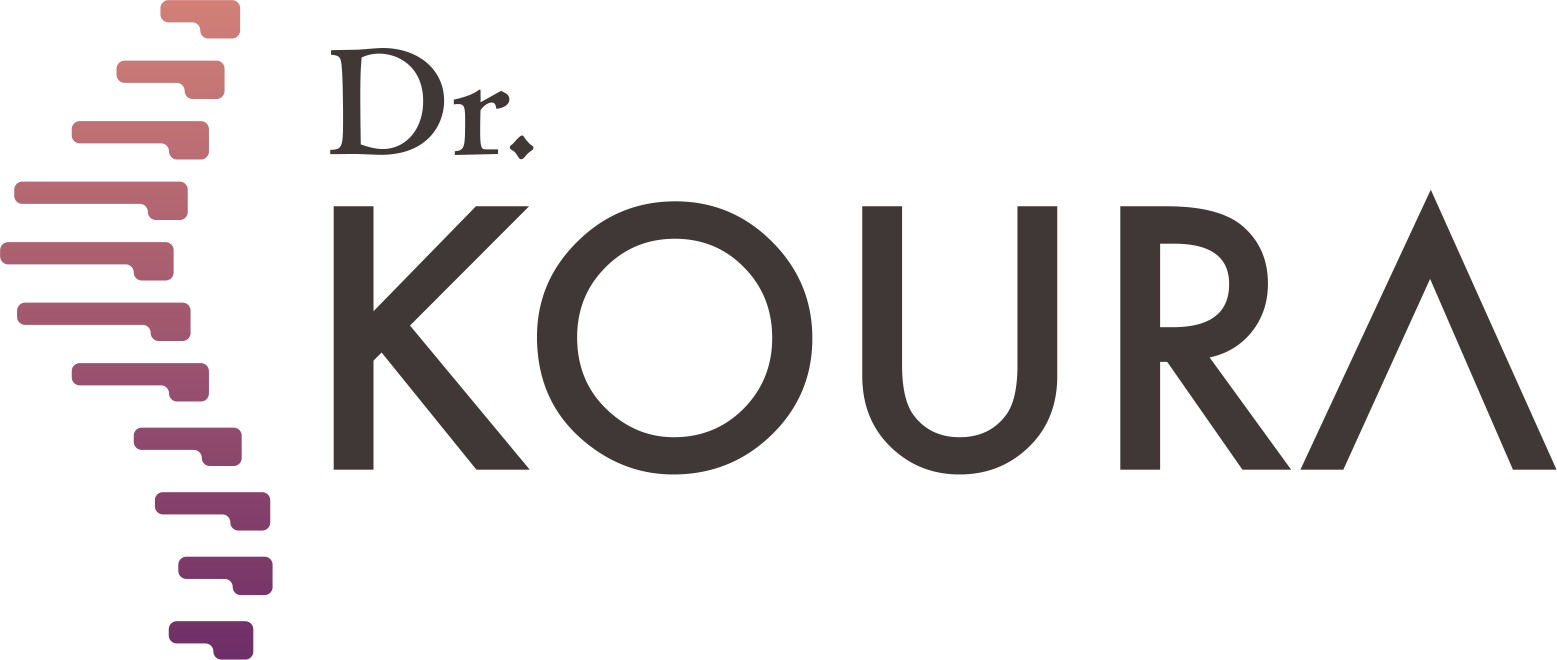

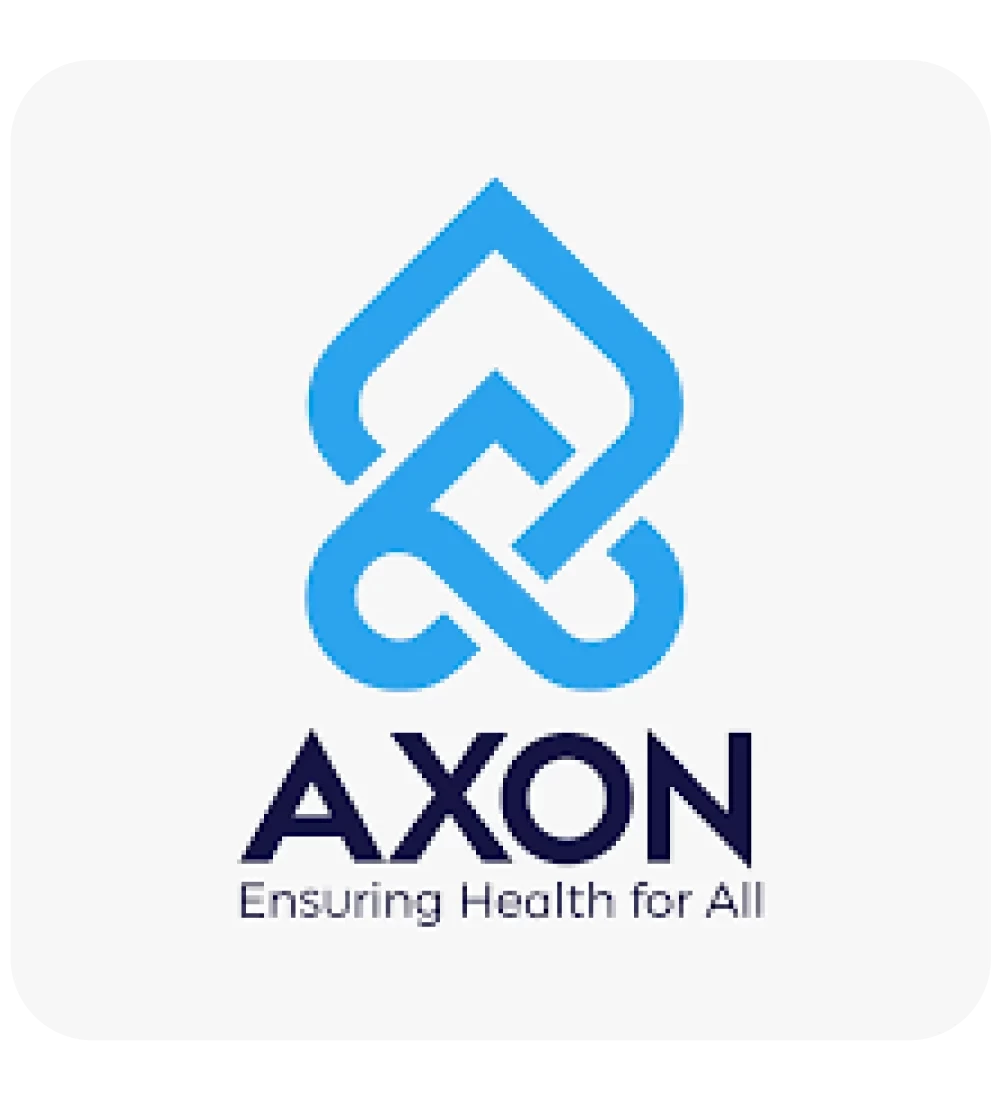
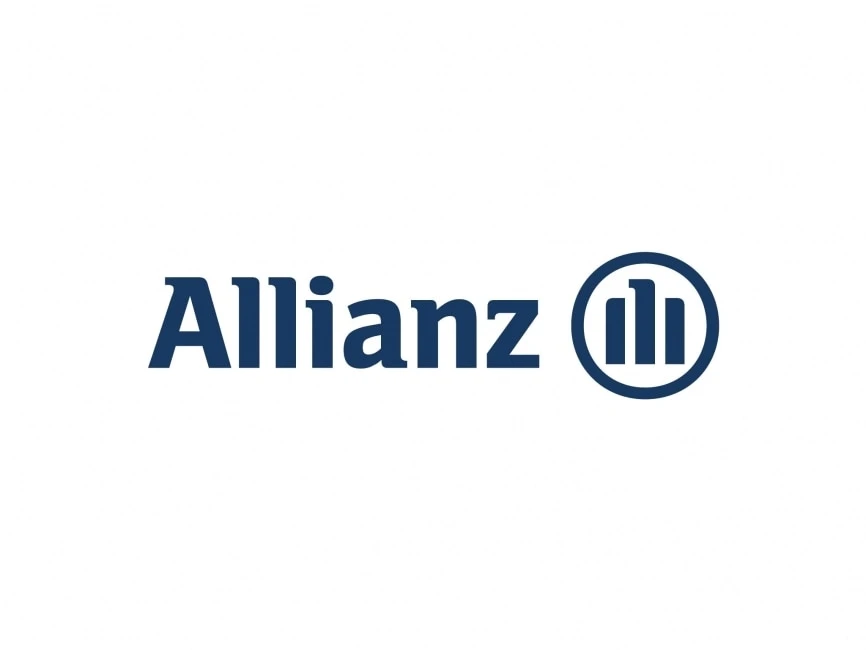

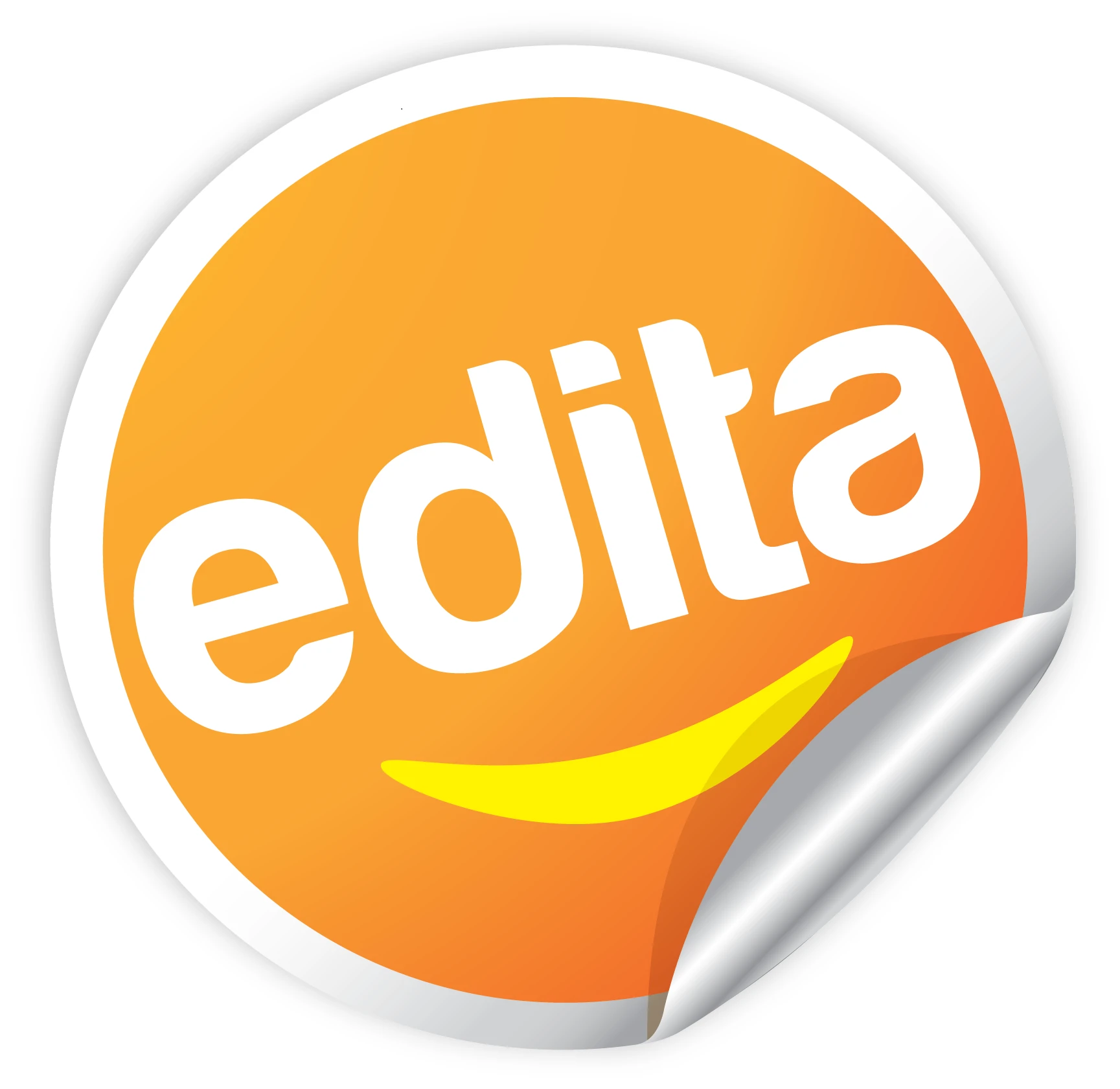
-webp.webp)




-webp.webp)






